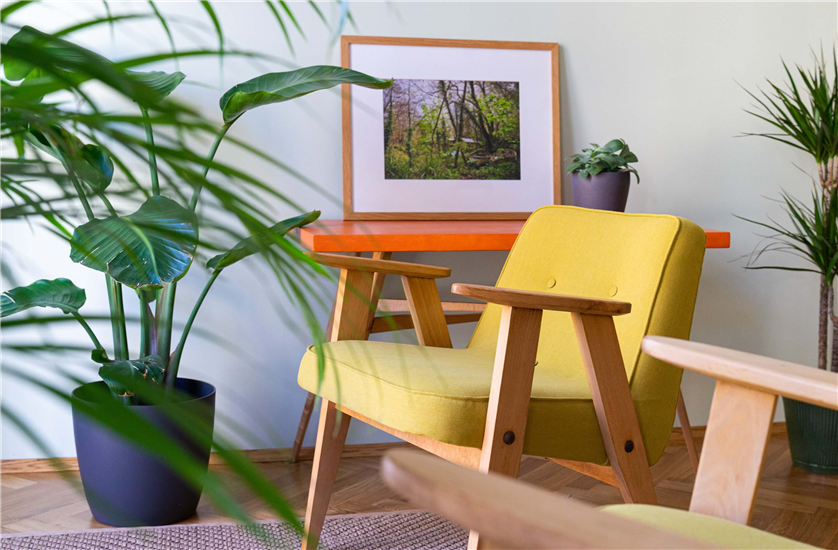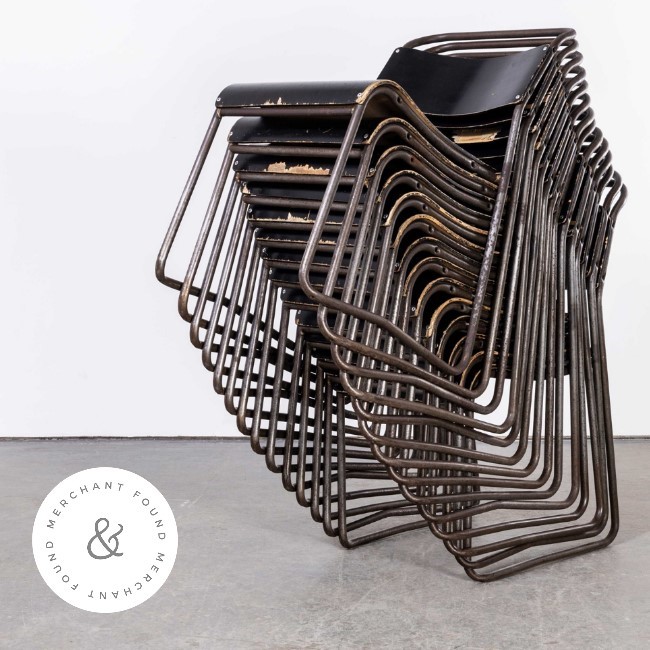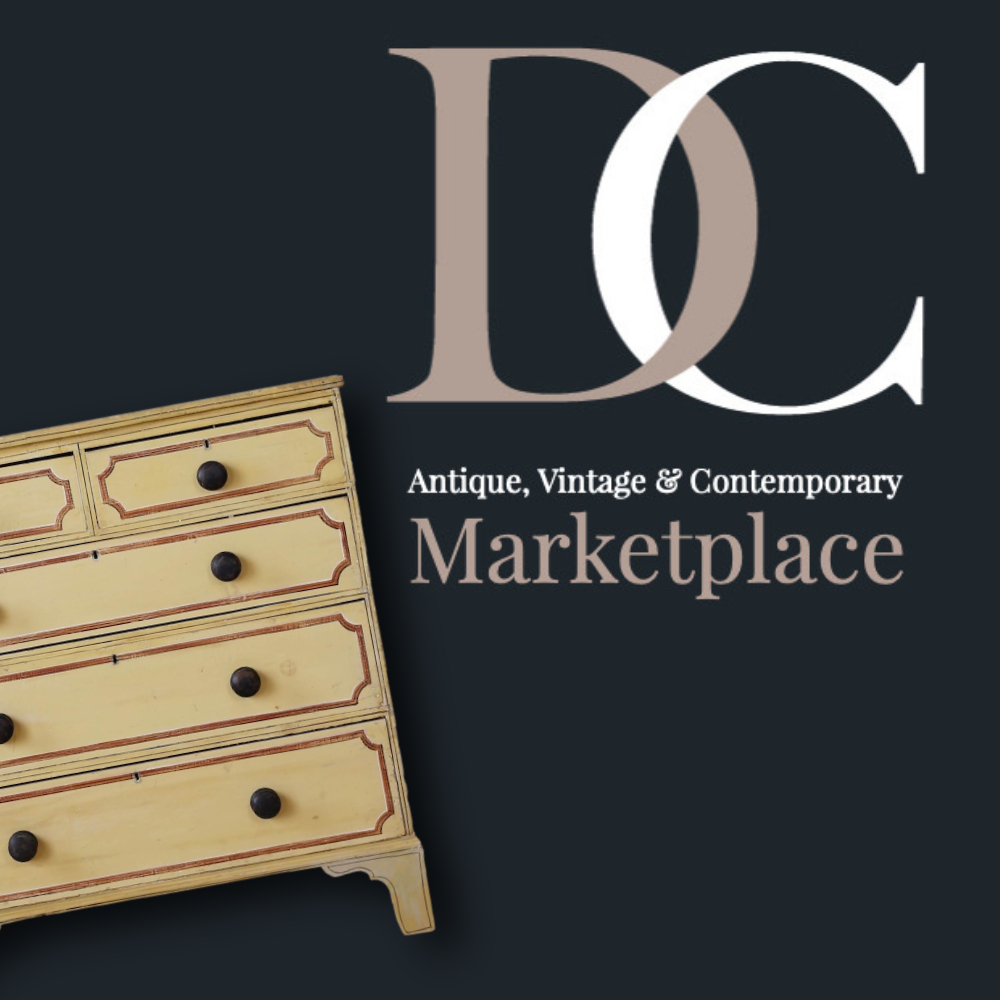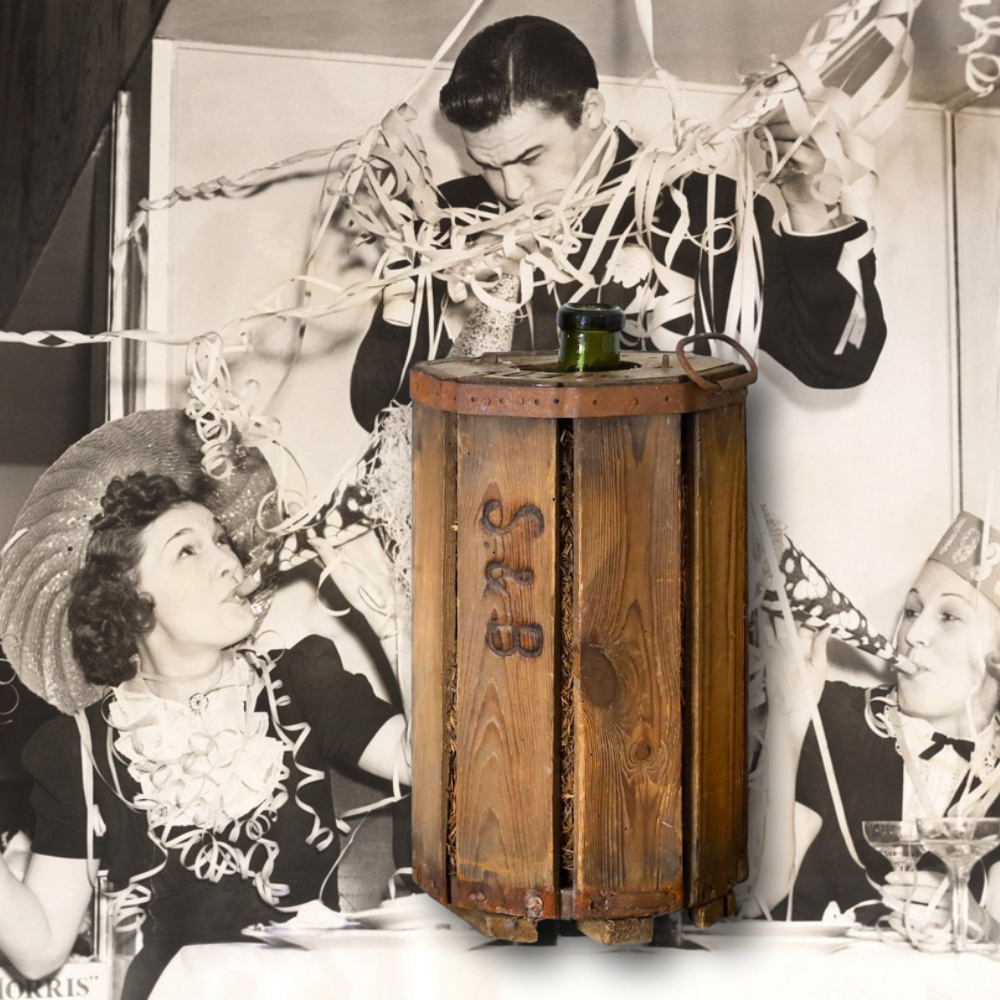
Mid-century modern is a popular aesthetic, with many people looking for furniture, art and accessories from the era. Pieces from this period provide a more modern aesthetic while still providing beautiful vintage touches that can work alongside current trends.
While there are many replicas of mid-century items available on the market, real vintage pieces continue to draw interest and perform well at auction. So what do you need to know about mid-century modern design in order to identify what items are genuine?
What Era Does Mid-Century Modern Design Come From?
The mid-century period ran from the late 1920s to the mid-1960s. Some people try to narrow this down further to between the mid-1940s and late 1950s/early 1960s, however, this excludes some iconic pieces that are very much mid-century modern.
The movement really took off after the Second World War, with suburbanisation becoming huge in the US. In order to meet the demand for furnishings to work in the modern homes that were being built quickly, designs were simplified with function being the key factor. It led to fresh designs that weren’t unnecessarily showy, streamlining designs in a chic and interesting way.
However, mid-century modern design also has routes in the modernist movement, which in turn stemmed from the Industrial Revolution.
What Designers Are Known For Mid-Century Modern Furniture?
While there are a number of big names when it comes to mid-century modern furniture design, there are some who are more well-known and whose pieces are highly sought after.
Ludwig Mies van der Rohe
A German-American architect, Ludwig Mies van der Rohe is known as one of the first people to design furniture for the mid-century modern movement. Driven by the desire for function and structural integrity to be just as important as aesthetics, he soon started designing furniture as well as buildings. Perhaps his most famous piece is the Barcelona chair, which was designed in 1929.
Harry Bertoia
Known for furniture that looked more like sculptures, Harry Bertoia’s pieces are instantly recognisable and highly sought after. An Italian-born American artist, Bertoia created sculptures and paintings before moving onto furniture, utilising principles from his art in furniture design. He is known for his fluid, sweeping lines and chairs that don’t really look like chairs.
Charles and Ray Eames
The name Eames is synonymous with the mid-century modern period, with the husband and wife duo creating stunning, incredibly comfortable chairs that were designed to be affordable. Many of their designs are still replicated today, with their choice of materials and bold colours becoming an iconic part of vintage mid-century furniture.
Arne Jacobsen
Danish designer Arne Jacobsen also moved to furniture design from a career as an architect. In 1958, he introduced the world to his famous Egg chair and footstool, which was designed for the SAS Royal Hotel in Copenhagen, which Jacobsen designed inside and out. He is also responsible for the Swan and Ant chairs that have now become a staple in many types of spaces over the decades.
How Do Mid-Century Modern And Mid-Century Designs Differ?
While the phrases mid-century and mid-century modern are often used interchangeably, the styles are different. Mid-century is a style developed in the 1930s while mid-century modern was popularised after World War II in 1945.
The two styles have similarities, mostly in terms of the shapes used, however, they differ when it comes to colour. During the pre-war mid-century phase, deep greens and browns were common as furniture aimed to be purely functional and use as little wood as possible. This period was all about functionality and style took a back seat.
In contrast, mid-century modern designers are more playful with their pieces. While functionality is still a key factor, they utilised influences from Danish and Scandinavian countries and opted for bolder colours and fabrics.
What to look for when buying mid-century modern furniture
One of the main things you need to look out for is original pieces, as there are a lot of reproductions. While reproductions can help you create a similar look, if you want vintage mid-century modern furniture, you’ll want to ensure every piece is genuine. Checking maker marks will help you determine when and where a piece of furniture was made so you can ensure it isn’t a modern attempt.
You also want to look at the condition of the furniture, as this can hugely impact its value and functionality. Check whether there have been repairs, if the upholstery is original or has been replaced and whether any wood has been re-stained.
Of course, in order to make sure a piece is original and in good condition, you need to know what you’re looking for. Researching mid-century modern furniture and finding a designer or style that you really like can help you get to grips with exactly what you need to look for.






